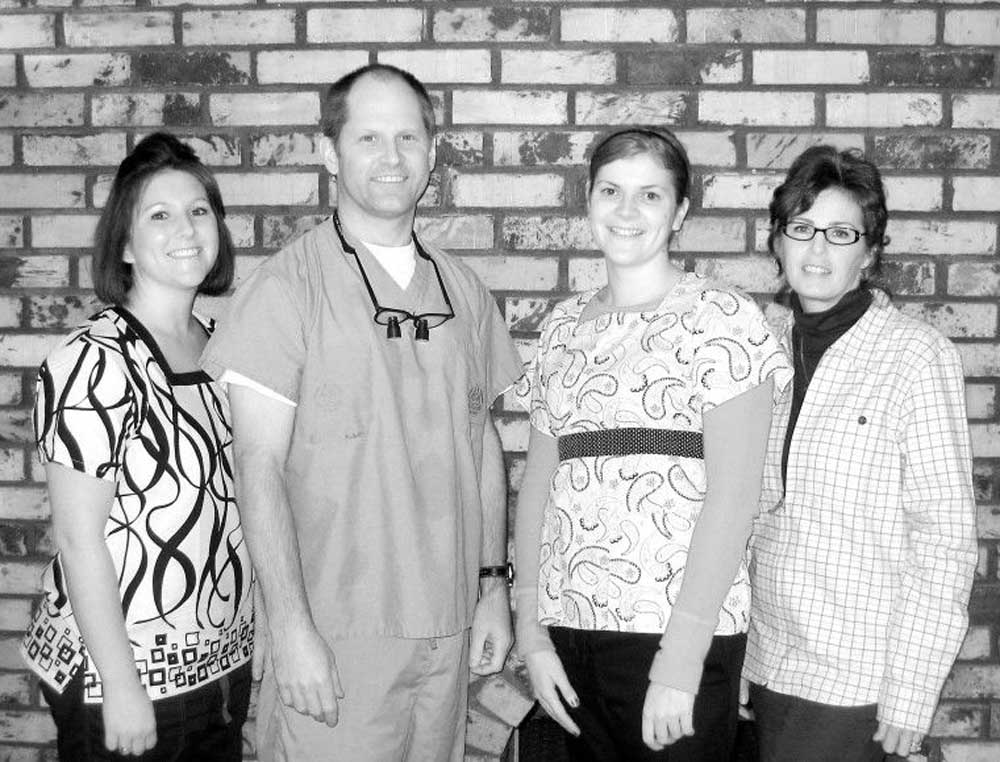Leading cause of tooth loss
Published 4:00 pm Wednesday, January 19, 2011

- Jim Klusmier, DDS
If someone asked you what the number one cause of tooth loss is, what would you guess? If you’re like most people, you would probably guess that it’s cavities. Unfortunately…you’d be wrong.
The leading cause of tooth loss is periodontitis, more commonly known as gum disease. Teeth are normally held firmly in place under your gums by a strong bone called alveolar bone. Periodontal disease is a chronic or long term infection of the gums that slowly destroys the bone supporting your teeth. This destruction of bone is typically painless so you are unaware of a problem until your teeth are loose or a large infection results. Then it is typically more difficult to save the teeth.
There are different types, or classes, of periodontitis. The most common class is chronic periodontitis the typical type that most adults older than age 35 have. Periodontitis that begins in childhood or early adulthood is called aggressive periodontitis.
In addition to tooth loss, periodontal disease is a serious infection that, left untreated, may lead to heart attack, stroke, diabetes, respiratory diseases, and premature/underweight babies.
You Can Lose Teeth That Are In Perfect Condition
If you’ve brushed your teeth every day of your life and kept them in perfect condition with no cavities, but you’ve never flossed and rarely get cleanings at the dentist, you might be in trouble. There are many people who believe that brushing is enough. But while they are preventing cavities, their lack of flossing and regular dental visits to remove plaque and calculus is causing other unseen effects on their gums.
Over the years, neglect will take its toll on your gum health. Your gums will recede due to the constant irritation they’ve had from bacteria that hasn’t been removed by flossing. Soon enough, your teeth begin to loosen and can even fall out if your gums are not cared for.
Signs and symptoms of periodontitis can include:
Swollen gums
Bright red or purplish gums
Gums that feel tender when touched
Gums that pull away from your teeth
(recede), making your teeth look longer
than normal
New spaces developing between your teeth
Pus between your teeth and gums
Bad breath
Bad taste in your mouth
Loose teeth
A change in the way your teeth fit together
when you bite
Family history of tooth loss.
(parents have dentures)
When to see a dentist
Healthy gums are firm and pale pink. If your gums are puffy, dusky red and bleed easily, or show other signs or symptoms of periodontitis, see your dentist right away. The sooner you seek care, the better your chances of reversing damage from periodontitis and preventing other serious health problems.









